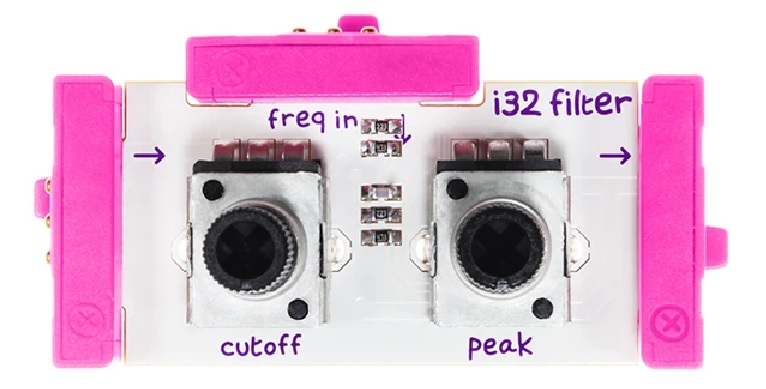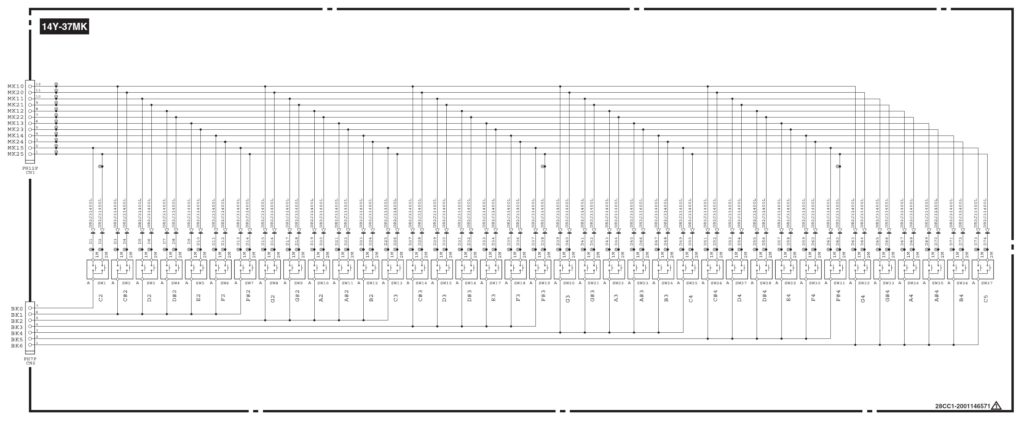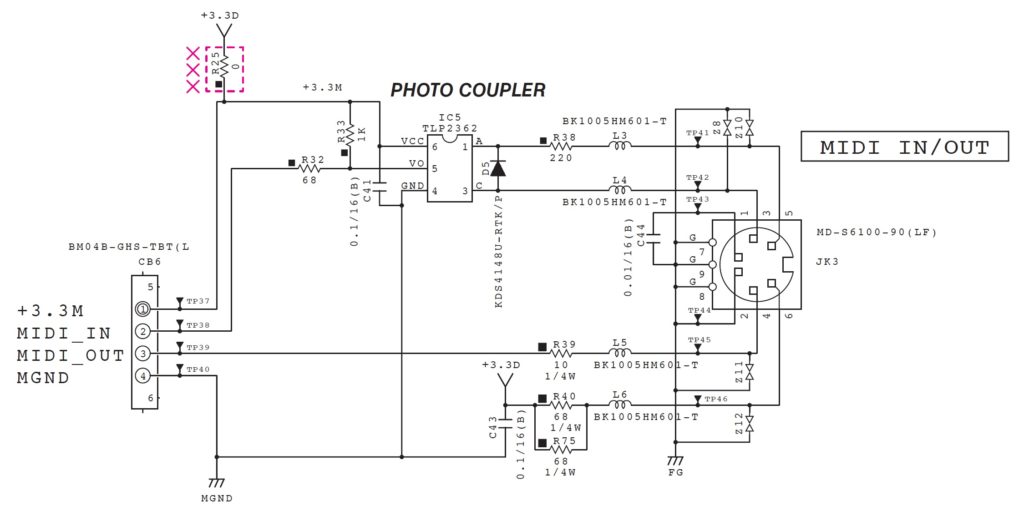I’m still thinking about Yamaha PSS mods, most notably, the PSS-A50. Open box A50s are coming on the market and I get the itch to modify an A50. I don’t want to buy a brand new unit since I will immediately tear into it with a screwdriver, drill, and worse! 🙂 Here’s a few more thoughts.
After looking at the PSS-E30 Remie teardown, that speaker has got to go. Even without the speaker, I don’t think there is enough room for the Korg NTS-1 as I first planned.

Second-besties, I’m considering a littleBits solution. Lots of folks mod the Korg Monotron to get access to its filter, but oddly, they don’t consider the littleBits filter module. I did a few preliminary experiments with the filter and delay modules using the Yamaha SHS-500 Sonogenic as a stand-in for the PSS-A50 sound generator. The filter and delay sound great although I need to add an envelope generator to make the filter quack and bark.
My main concerns at this point are:
- Driving littleBits audio without the Microphone module and the Speaker module. Both modules would take up unnecessary space. I’m just don’t know (yet) if regular headphone levels are strong enough for the littleBits 0 to +5 Volt signaling convention.
- Physically and electrically securing the littleBits modules to themselves and the A50 chassis.
- Finding 5 volt power in the A50 in order to supply the litleBits modules.
Of course, there’s the problem of mounting the littleBits modules so that the controls (potentiometers) poke through the A50 speaker grill.
I investigated the PSR-F50 audio and digital electronics. The PSS audio amp is mostly likely different than the F50. So, I need to get the A50 service manual. The service manual should help me find the +5 Volt rail, too.
I took another look at the Yamaha YMW830-V processor pin-out. The YMW830-V is also known as the “SWLL” processor. It is a system-on-a-chip (SOC) containing the CPU, memory, and tone generator. The SWLL has five pins (TRST, TDI, TMS, TMS, TCK, and TDO) for serial input/output — most likely USB. This doesn’t bode well for people who want to add 5-pin MIDI to the A50 (or other SWLL-based keyboards).

The PSS series, the Reface series and the SHS-500 share the same 37-key keybed. The key switch matrices are similar. They all break the key range into groups of six keys. Each keybed is a 6 group by 6 key matrix with a dedicated group to scan the fourth C key. The PSS and Reface/SHS differ in the number of key contacts as the Reface/SHS are velocity sensitive and the PSS is not. The Reface/SHS have two contacts per key and the PSS has one contact per key. The Reface/SHS have a total of twelve sense lines (2 lines per key) while the PSS has only six sense lines.
6×6 must minimize ribbon cable width or something because Yamaha will subdivide 61 keys into upper and lower banks in order to deploy six keys per group with 6 groups per bank maximum. You’ll see this practice in the synth product line, too. Just sayin’.
The Yamaha SHS-500 and Reface series use the same MIDI I/O dongle. I came across this rather nice diagram (below) of the SHS’s MIDI port. It should help you to whip up a custom cable or two. [Click image to enlarge.]

Hope these observations help someone out.
Copyright © 2021 Paul J. Drongowski
